|
||||
|
||||
|
||||
|
||||
|
||||
|
||||
|
||||
|
||||
|
||||
|
||||
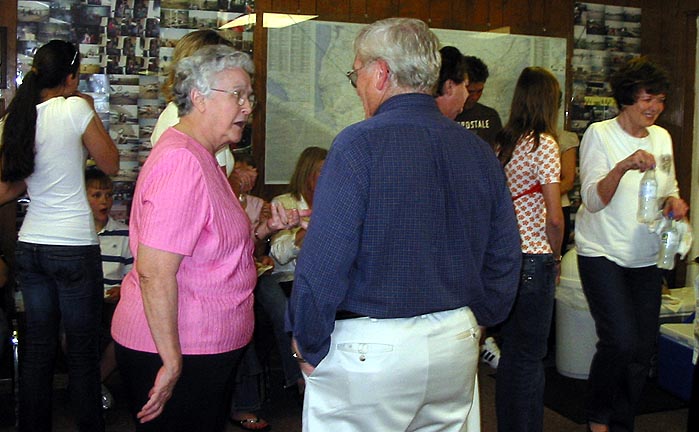 |
||||
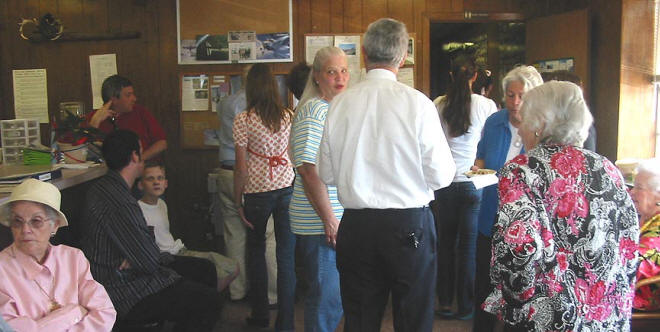 |
||||
 |
||||
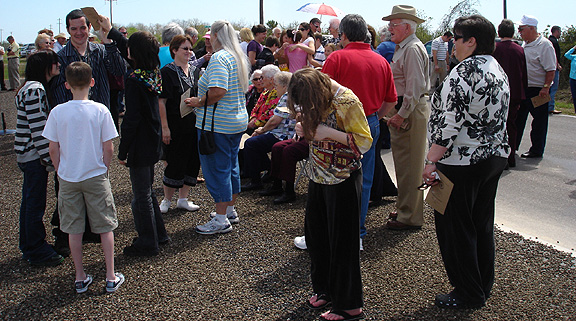 |
||||
|
The year was 1909 then Matagorda County was able to quality in school age population and with the increase of school tax revenue, the possibility of a county school superintendent was promising. With all the factors in place, the county commissioner’s court appointed Judge Thomas H. Lewis, to the newly created office of county school superintendent. The county was redistricted to make distribution of funds more equitable in each of the twenty-six common school districts. In 1917, the Lukefahr School became part of District 1, which included nine Anglo-American schools and nine African-American schools and taught four grades. In 1921, Lukefahr School became part of District 6, teaching seven grades, and remained a part of that district until it was consolidated with Van Vleck school district in 1939. This small schoolhouse building not only provided education for the rural children, grades one through seven, in the area but it became a place of worship. It was the central meeting place for the people living in the area. Casper Lukefahr (“Loo’ kuh fer”), his half-brother Sylvester, and their families came to Matagorda County from Nebraska in 1910 to purchase farmland. Casper donated one acre of the land for a school that was subsequently named Lukefahr School. The earliest record of the school appears in a 1914 Matagorda County News and Midcoast Farmer newspaper. However the land was not officially deeded until August 29, 1917 to trustees W. A. Matthews, M. Patterson and Eugene Watkins of the Common School District One of Matagorda County. The Lukefahr School was later designated as Common School District No. 6. The earliest recorded census data for the schools in Matagorda County begins in 1923. Among the many family names found in the Lukefahr School census records include: Grimes, Ashcraft, Bates, Andrews, Grisham, Stevens, Richers, Loos, Patterson, Garcia, Matthews and Caballero. Student census records were found up to 1946. In 1926, Superintendent Claire F. Pollard reported that there were three white schools in District No. 6—Lukefahr, Hasima, and Bernard, and two African-American schools—Mt. Pilgrim and Live Oak. In this year, the Lukefahr School had seven grades with 16 pupils and a school year of eight months. The school building was described as neat, modern, with two rooms and well-equipped. By 1939, only Lukefahr and Hasima schools, with a total enrollment of 62 elementary students and three teachers, were listed in the No. 6 district of the 13 common school districts of Matagorda County. Since there is no known picture of the school, the description of the building was provided by former students. Students Bennie Stevens and Tom Matthews remembered the original school building as one large room with a folding door to partition the building into two smaller rooms. Grades 1 through 4 were on the east side of the building and grades 5 through 8 were on the west side. The teachers’ desks were back to back on each side of the folding partition and each class year had its own row in the classroom. There was a wood burning stove on each end of the building and the west side had a stage. The girls’ outhouse was located on the east side of the building with the boys’ outhouse on the west side. There was a covered porch with doors leading to each of the two classrooms. Maxine Ashcraft Gibson remembered the south side of the building had a long row of windows that during the hot days of the year would be opened, keeping the school very cool with the southerly breezes blowing in. Another student, Richard Grisham, recalled that during the winter the students would huddle as close as they could to the wood stoves for warmth. Another student, Jimmie Grisham, attended the Lukefahr School from first through fourth grade and still has his Certificate of Award for perfect attendance dated May 1940, when he was in the first grade. Richard Grisham remembered that in the first grade his teacher lived with his family and she rode with him on the back of his horse to school. Bennie Stevens’ shared his memories as a student, “Back in 1937-1938, when I attended Lukefahr School, we had to walk to school or ride a horse. Back in those days everybody had a bear or panther story and as a boy of seven, walking to school I just knew there was a bear or panther hidden in the wild rose hedges that were growing along the road. The Ashcraft twins, Wade and Wyatt, lived up the road from us and they also walked to school. The twins were older than me and were always trying to scare me to keep me from walking with them. However, I was more afraid to walk through those hedges by myself and I would run to catch up with them so I would not have to walk through the hedges by myself. I was more afraid of those waiting bears or panthers than the older boys. As long as Wyatt was able, he was always telling everyone how mean they were to me.” Former teachers provided additional information about Lukefahr School. Madeline Sewell Magness was a teacher from 1935 to 1938 and kept a diary. She wrote about her duties including giving tests to her students and being disappointed when they did not do well; using watercolors with the class and making hectograph copies for her students. In December 1936, she wrote about her preparations for the Christmas plays that her students were going to give. Mrs. Magness made all the costumes and the curtains for the plays and she and the students rehearsed for several weeks. A storm hit and the play had to be cancelled leaving her very disappointed.
In 1929, The Daily Tribune had several articles about the Lukefahr School, as reported by the students: “We hope to have the debate “Men Make Better Drivers than Women” Friday morning. Gordon and Ellis will take the affirmative side and Caroline and Elizabeth the negative.” “The built-up bird posters arrived a few days ago. The second and third graders enjoy working with them. Some morning they intend to surprise the other grades by showing the completed bird posters and giving a short talk about each bird. Later on the posters will be place on the wall.” “Mr. Thompson, principal of Van Vleck School, was kind enough to allow the pupils of Lukefahr School to ‘listen in’ on Monday. We enjoyed the inaugural address and will not soon forget many things we learned,” “Cledy Mills made 100 on his arithmetic notebook last week. Keep up the good work, Cledy.” “The third, fourth and seventh grades had rather an exciting time Friday afternoon. The two third grade pupils raced with the four fourth grade pupils in a geography contest. The fourth grade thought that the third grade was more accustomed to find the places on the map as the seventh grade pupils were asked to help the fourth grade. The score was 16 to 12 in favor of the fourth grade.” “The first grade pupils are enjoying coloring and sewing their straight line sewing cards.” “All the younger pupils are looking forward to the Easter Egg Hunt Friday afternoon.” “The debate, ‘Men Make Better Drivers Than Women,’ was held Friday morning. Ellis and Gordon were on the affirmative side and Caroline and Elizabeth were on the negative. Hezie Winifred and James acted as judges. They decided the boys won.” “Allen Ham – new member of the third grade and Jimmie Ham will be a classmate of Gordon,” and in October, 1929 there was an enrollment of 15 students.” According to the Matagorda County News and Midcoast Farmer and The Daily Tribune, Lukefahr School was also used as an active community center by the families in the area. In 1914, many of the farms in the area were small holdings with acreage planted in corn, rice, cotton and hay. At the school in 1914, the Reverend E. F. McDonald of Bay City filled his regular appointment on a Sunday afternoon to preach a sermon. The Lukefahr School Community was given one dozen of the New Evangel songbooks for Sunday school and singing. Also in 1914, an ice cream supper was held at the school and was considered a success with a large crowd attending and over $9.00 was collected. A large dictionary and stand was bought for the school with this money. In 1929, a revival meeting was conducted by Sister French was conducted at the school house and it lasted for two weeks with a large attendance. During the 1930’s Bennie Stevens remembered going in a wagon to church services and social activities with his family at the Lukefahr School on the weekends. From 1914 until1939, the school was the center of community life for a small rural area. One news article stated that, “Mr. J. J. Seibold of the Lukefahr school community called in Saturday to say his family just must have the “News-Farmer,” so he paid for one year.” It is noteworthy that Mr. Seibold was identified as being from the Lukefahr school community, as it indicates that the school was as much a community center as it was a school. The description of the ice-cream social in the paper showed how inclusive the community was, stating, “Everyone is invited to come.” Remembrances from the people who were part of the school and community were filled with happy memories of school activities and family gatherings with neighbors and friends.
Common school districts in Texas in the early twentieth century
lasted only a brief time. In Matagorda County these twenty-six
common school districts lasted only 22 years and were at their
zenith between 1917 and 1939, before being consolidated into five
Independent School Districts across the county. Thus, it is through
the remembrance of these now aged children who attended the schools
and through the faded newspaper articles that we can learn to more
fully appreciate the importance of the small rural school community
life. Progress through consolidation ended a significant era in the
history in Matagorda County and the Lukefahr School Community.
|
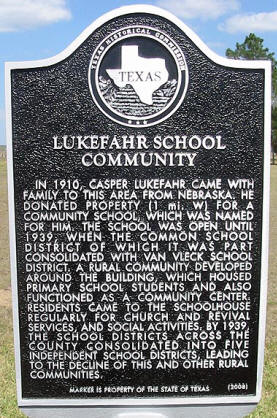
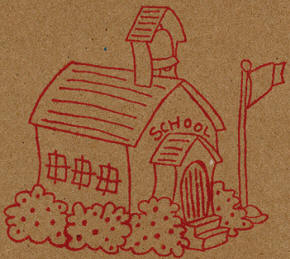
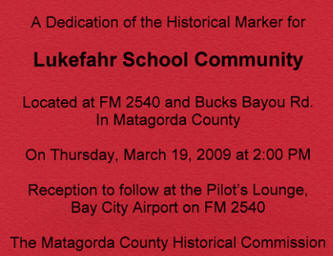
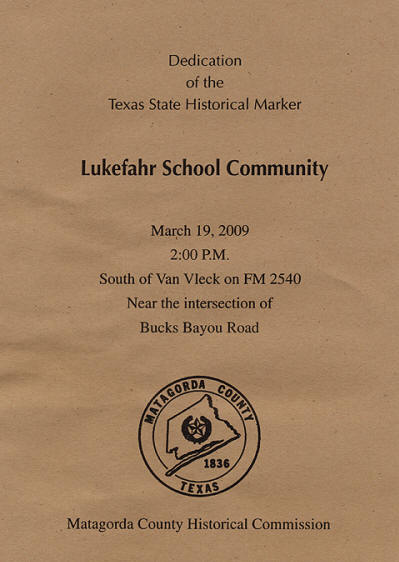

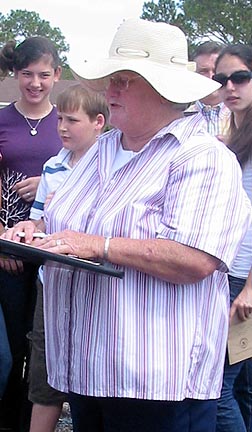
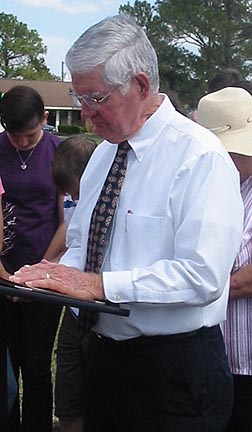
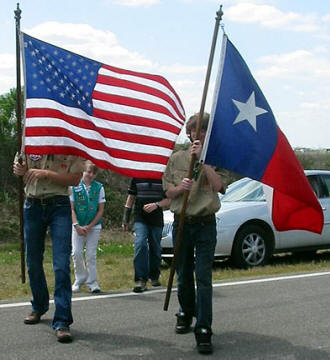
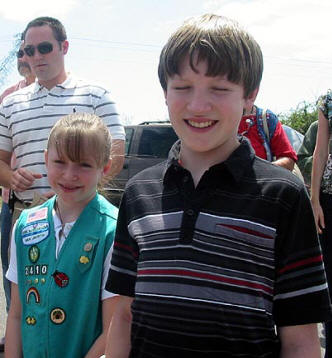
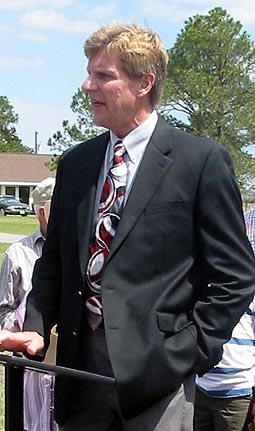
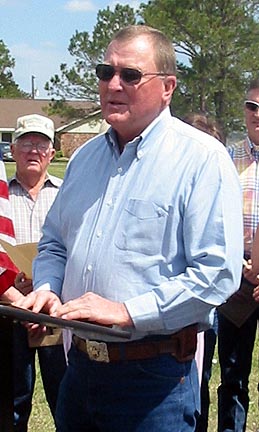
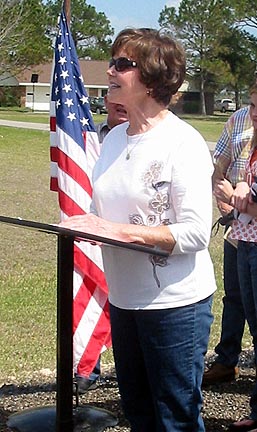
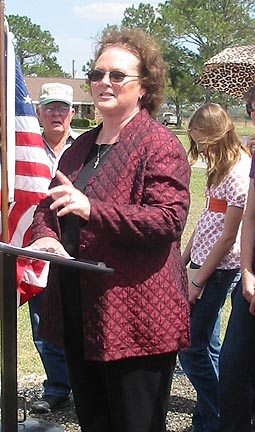
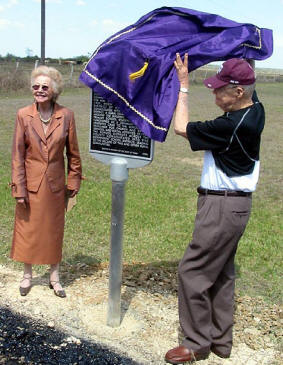
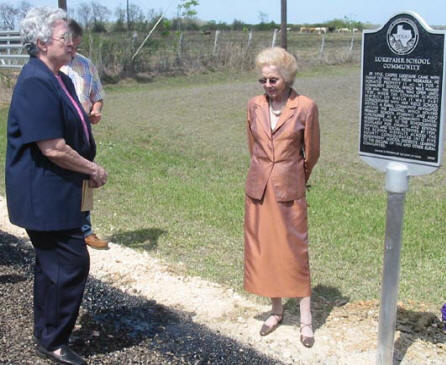
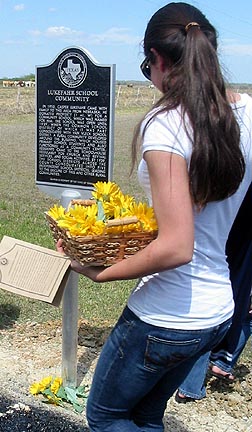
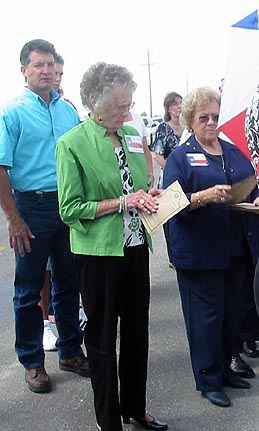
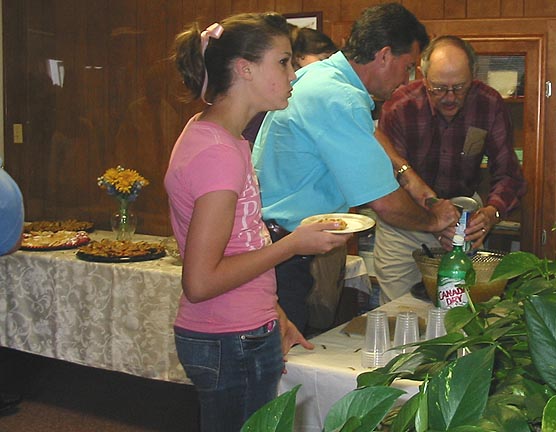
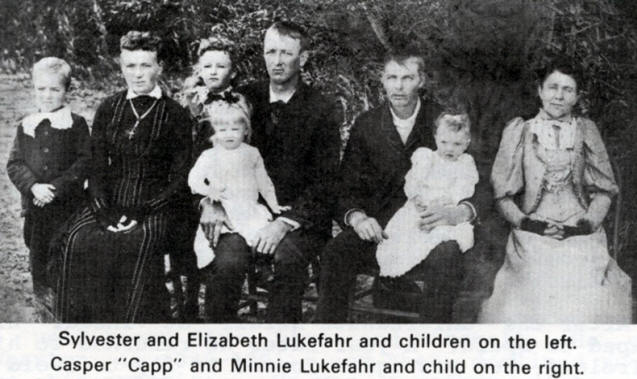 Lukefahr School Community, a rural
agricultural community settlement is located on
Lukefahr School Community, a rural
agricultural community settlement is located on 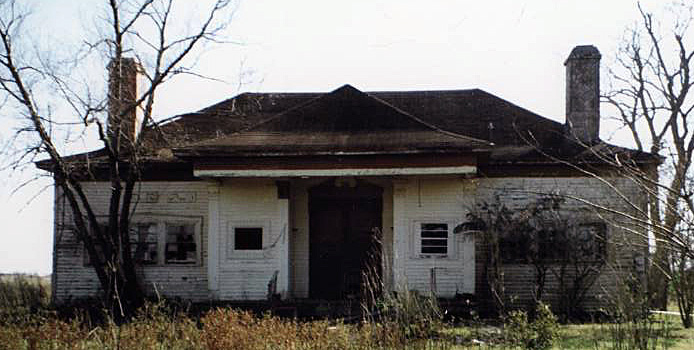 Other teachers who taught at the
Other teachers who taught at the